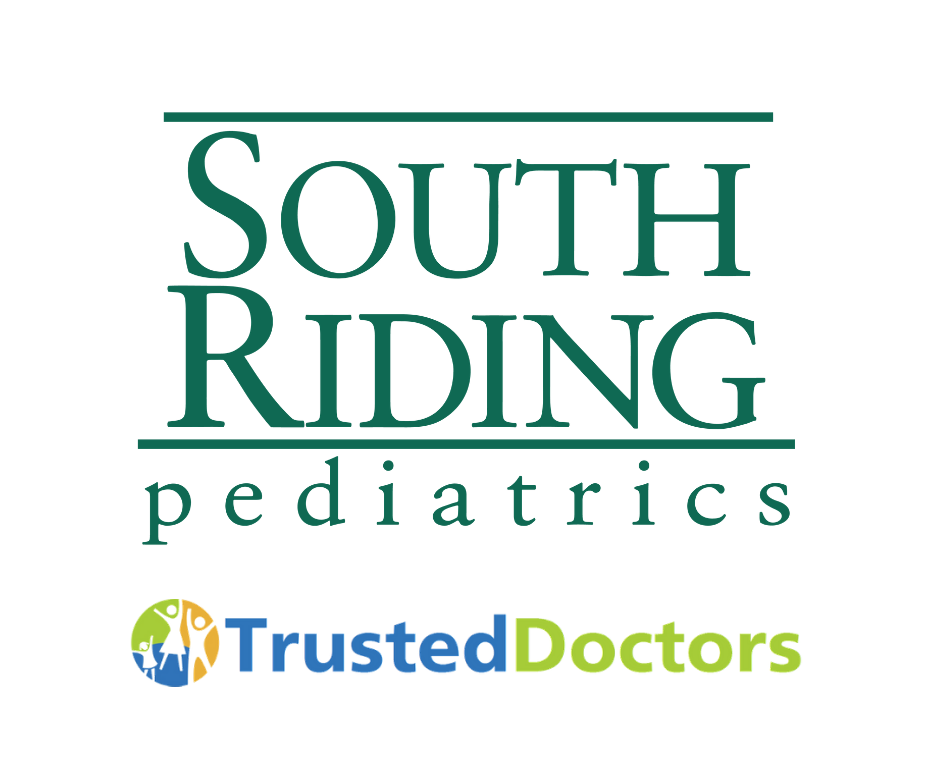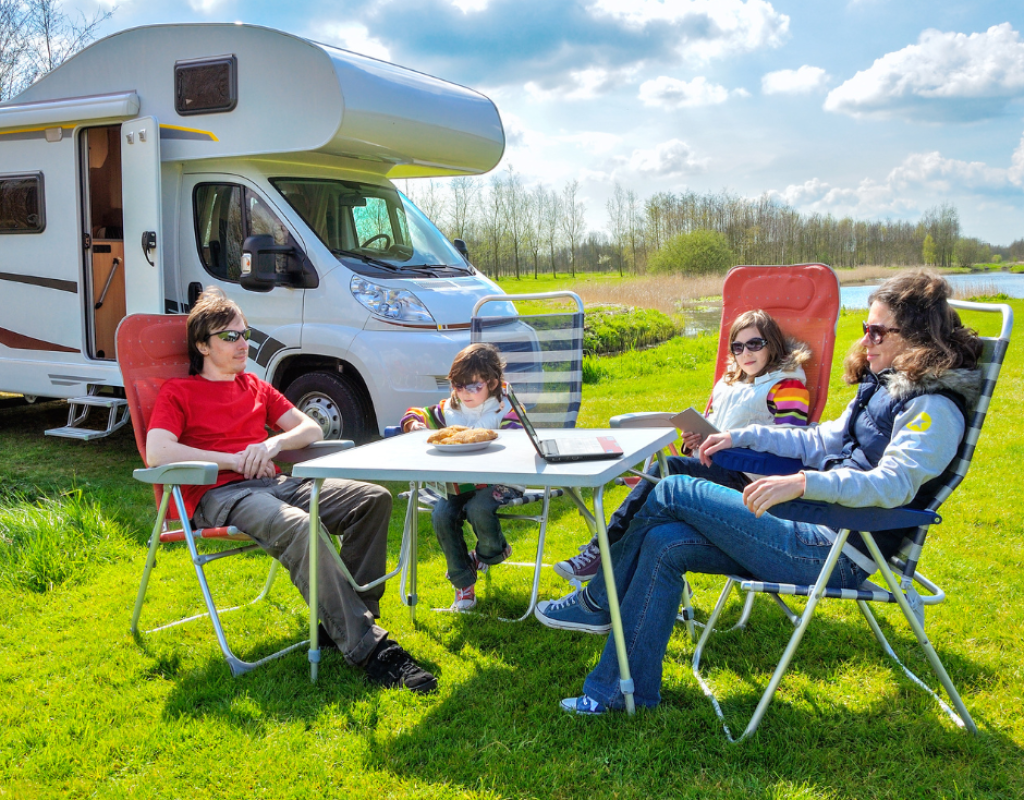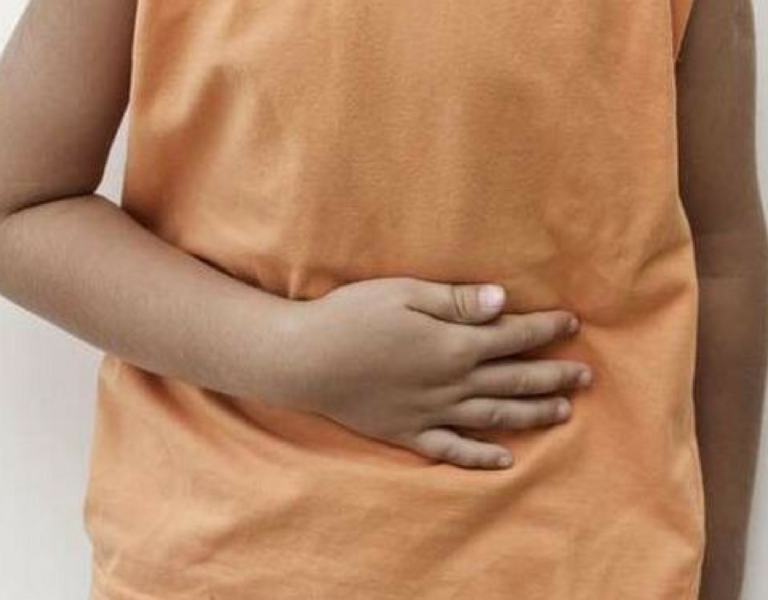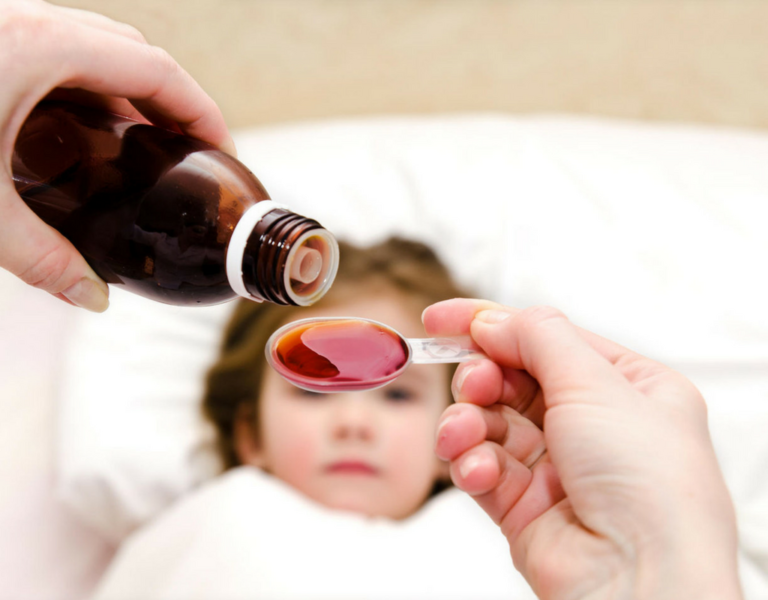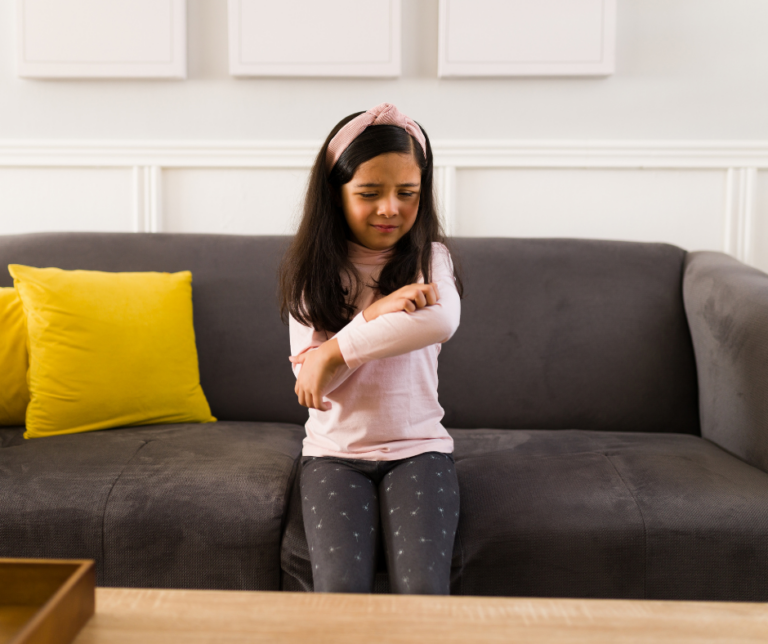Vacationing with kids can be a great adventure that allows family members to reconnect and strengthen their bonds. Summer break offers more opportunities for both short and long trips. The excitement that comes with the anticipation of upcoming travel can be short-lived when a member of your family becomes injured or ill. Here are some tips for traveling safely this summer:
Wash, Wash, Wash Your Hands
Proper hand washing is one of the most effective ways of preventing diseases. Before your trip, be sure to stick to washing your hands as often as possible. Remember, getting germs off your hands takes at least 20 seconds. First rinse your hands, apply soap, rinse again, and then let them dry. The soap must be applied to both the front and back of the hands, as well as in between fingers and under nails. Following this technique decreases the chances of getting sick before the trip.
The same procedure will protect you from catching something while vacationing. Being on the move can make finding the time and location to wash hands more difficult. Therefore, we recommend you bring a hand sanitizer or sanitizing wipes as a backup. For the hand sanitizer to be effective, it must contain at least 60% alcohol. Check the label before purchasing. Keep in mind that while hand sanitizer can significantly reduce the number of germs on your hands, it doesn’t get all of them. This is why it is necessary to wash your hands with soap and water as soon as you can access it.
How to make hand washing fun for young kids.
COVID Caution
The restrictions and recommendations for COVID are constantly changing. Check your destination and its requirements in the weeks and days leading up to your trip. The best way to protect your family is by vaccinating all family members who are five years of age or older. If you have family members who cannot get the vaccine, consider rearranging travel plans to minimize contact with big groups of people in crowded spaces. Traveling by car is a great way to reduce contact with the public.
When your family vacation requires public transportation or air travel, keep a safe distance from strangers when possible. While the mask mandate has been lifted, we still recommend that everyone wears a mask to protect themselves and their loved ones. We also recommend traveling with COVID tests should anyone in your family start to experience symptoms. Know your destination’s quarantine requirements should you test positive while away.
AAP: Is it Safe to Travel Now?
Vaccinations
If your trip is overseas, check additional vaccination requirements and recommendations for your specific destination. Several vaccines require multiple shots before they are effective. Moreover, most vaccines need at least two weeks for the body to build complete immunity and protection.
Check your destination’s recommendations here.
Car Seat Safety
Before going on a road trip, check the children’s car seats and boosters to ensure they are still in good condition. Check expiration dates, straps, and buckles. When the trip starts, inform the children of the rules and expectations you have for the trip and car ride. Show them how their seatbelts should be worn and check after each pit stop.
Follow these car seat safety tips.
First-Aid
Consider bringing a first-aid kit when packing, as it can be a great resource if an accident happens. The kit should have bandaids, disinfection wipes or spray, gauze, gloves, and a tourniquet. Kid-related accidents happen quickly, so looking up the closest emergency room is a great safety precaution. When leaving the country, check your insurance coverage and know where to go should anyone get sick or injured.
Here’s how to build a well-stocked first aid kit.
Water Safety
Make clear rules and expectations for the children to follow for trips involving pools and bodies of water. Always have one person in charge of child supervision when you are near water sources. Use gates and locks to keep the young ones safe. Double-check that all the locks and protective gear are working correctly when arriving. Even an experienced little swimmer can get scared when falling into the water unexpectedly. Bring life jackets or other coast guard-approved flotation devices for boat rides and time spent on docks.
Read more about water safety on our blog.
Childproofing
Lastly, don’t forget to childproof your accommodations. Children love exploring new surroundings. When you first arrive, look for dangers onsite, including outlets that need to be covered, choking hazards such as the string from blinds, and stairs or other dangerous areas that need to be blocked off.
Follow these childproofing while traveling recommendations.
Looking for more recommendations on how to keep your children safe this summer? Read our Summer Safety Blog.
